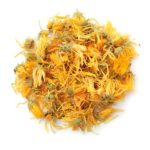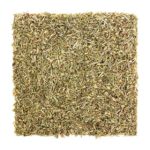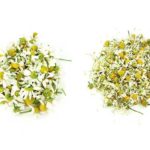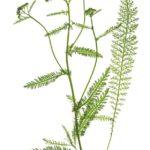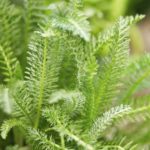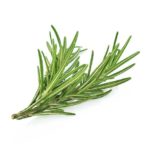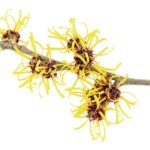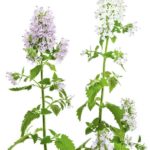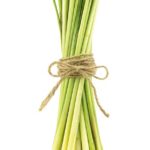10 ways to use herbs in your home: Make herbal face scrub, insect repellent, antibacterial soap, skin salve
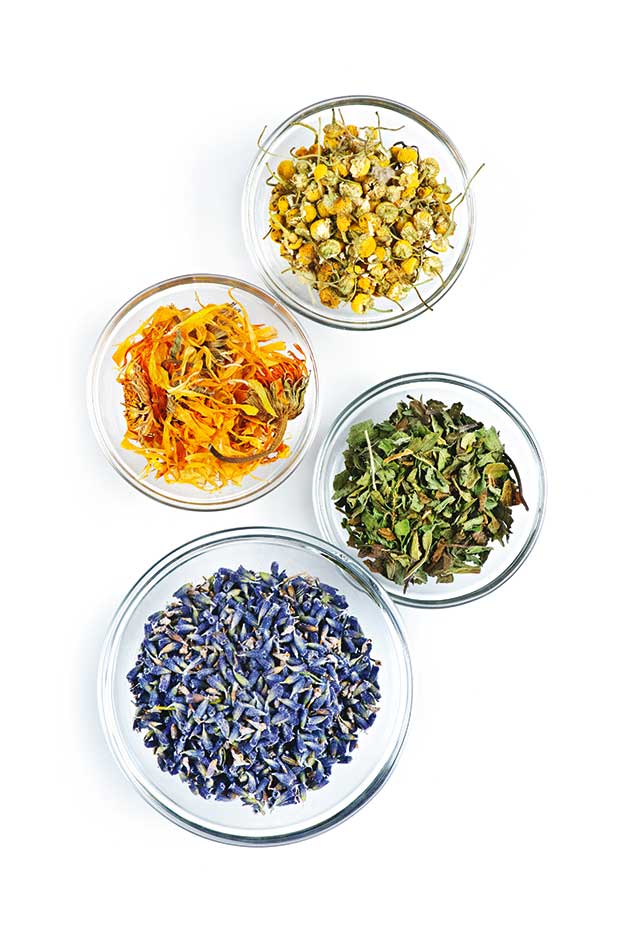
Herbs from your garden can clean your house, help an upset stomach, and add new flavours to your dishes.
Words: Jane Wrigglesworth
1. Antibacterial soap and surface disinfectant
A simple cleaning solution of one part vinegar to nine parts water can eliminate a lot of bacteria, but it won’t kill dangerous ones like staphylococcus.
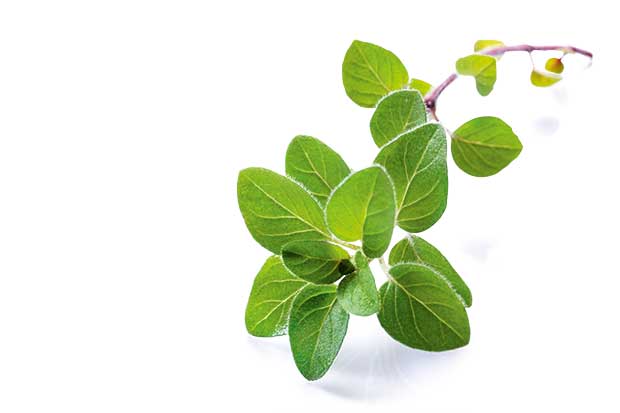
Enter oregano. This aromatic herb has potent antimicrobial activity, which makes it useful for cleaning up the bad bugs in your home. Studies have shown it to be biocidal against staphylococcus strains.
A 2013 study at the Alexander Technological Educational Institute of Thessaloniki in Greece also showed that oregano essential oil is just as effective as commercial antimicrobial additives in detergent solutions for hand washing and surface cleaning.
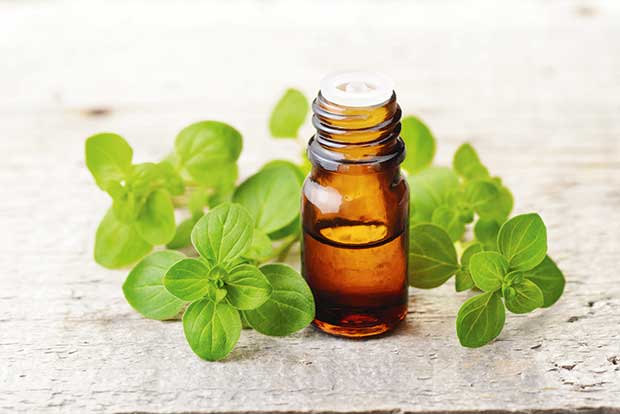
Oregano essential oil.
• You can make your own antibacterial soap by adding a few drops of oregano oil to liquid castile soap, or your favourite liquid hand soap.
• For a surface cleaner, mix one part vinegar with nine parts water and add drops of oregano oil to it, shaking before each use.
• Alternatively, fill a jar with oregano leaves, top with white vinegar and let it steep for 4-6 weeks, giving it a gentle shake once a day. Strain and store in a cool, dark cupboard. This solution can be used straight on shower glass and toilets or dilute with 50 percent water for use on woodwork and painted surfaces.
2. Topical salve for upset stomachs
Peppermint tea is good for soothing tummy troubles, including irritable bowel syndrome. But if you’re not a fan (kids may not like it), or you can’t face eating with a sore tummy, a stomach salve may help. The oils in the herbs are absorbed through the skin when you rub the salve on your stomach.
Note: peppermint should be avoided by women who are pregnant or breastfeeding.
INGREDIENTS
1 tbsp dried, crushed lavender buds
1 tbsp dried, crushed, peppermint leaves
¼ cup olive oil
2 tsp beeswax
METHOD
Step 1: Gently heat the lavender buds, peppermint leaves and oil in a saucepan until you feel the oil getting warm. Switch off the heat.
Step 2: Cover the saucepan and leave on the stove for 2 hours, or longer.
Step 3: Strain into a bowl through a fine muslin cloth, squeezing out as much liquid as possible. Discard the herbs.
Step 4: Pour the herb-infused oil into a double boiler. Add the beeswax. Heat on low until the beeswax is melted.
Step 5: Pour immediately into small, clean, dry jars or tins. Allow to cool completely before screwing on the caps. Store in a cool, dark cupboard.
3. Skin salve
- Dried calendula flowers.
- Dried chickweed.
- Dried chamomile flowers.
This therapeutic salve can help soothe the angry, red, itchy skin that accompanies eczema. Calendula, chamomile, and chickweed are all anti-inflammatory and chickweed is also antipruritic (anti-itch). All three herbs are excellent for the skin.
I usually make this the long way, steeping a handful of herbs in oil for several weeks, each herb in separate jars. I then mix equal amounts of the infused oils with beeswax to make up the salve. If you’re in a hurry, try the quick method (see recipe below).
Note: Chamomile is contraindicated in people with hypersensitivity to the Asteraceae/Compositae family. Calendula is generally regarded as safe but may cause contact dermatitis in sensitive people. Do not use when pregnant or breastfeeding as there is no reliable information on whether it is safe.
INGREDIENTS
1 tbsp dried calendula flowers
1 tbsp dried chamomile flowers
1 tbsp dried chickweed
¼ cup oil (options: olive, sweet almond, avocado, sunflower)
2 tsp beeswax
METHOD
Step 1: Gently heat the calendula, chamomile, chickweed and oil in a saucepan, until you feel the oil getting warm, then switch off the heat.
Step 2: Cover the saucepan and leave on the stove for 2 hours, or longer.
Step 3: Strain into a bowl through a fine muslin cloth, squeezing out as much liquid as possible. Discard the herbs.
Step 4: Pour the herb-infused oil into a double boiler. Add the beeswax. Heat on low until the beeswax is melted.
Step 5: Pour immediately into small, clean, dry jars or tins. Allow to cool completely before screwing on the caps. Store in a cool, dark cupboard.
4. Face scrub
You can make a simple exfoliating scrub for your face or body with a mix of herb-infused oil, honey, and sugar. For sensitive skin, replace the sugar with ground oatmeal, which has a gentler exfoliating action.
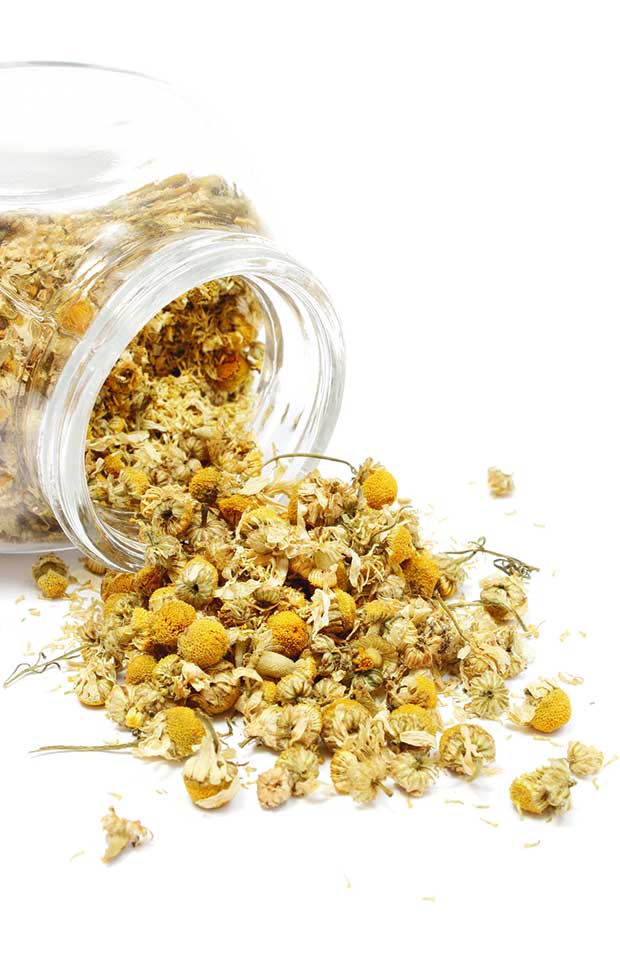
The infused oil needs to be made in advance. I like to use chamomile because it’s very soothing for the skin, especially the face.
INGREDIENTS
dried chamomile flowers
olive oil
1 tsp honey
1 tsp sugar
METHOD
Step 1: Half-fill a 1-litre glass jar with dried chamomile flowers. Add olive oil, stopping when the level is about 3cm from the top. Stir, screw the lid on tightly, then set aside, out of direct sunlight, for 4-6 weeks. Shake once a day.
Step 2: Strain through a fine muslin cloth. Pour the infused oil into a glass bottle, label with the name and date, and store in a cool, dark cupboard. This oil can also be rubbed onto the skin to soothe rashes and eczema, and used in homemade salves.
Step 3: Mix together half a teaspoon of the infused chamomile oil with the honey and sugar. Apply to the face for a soothing, softening face mask.
5. Use yarrow to heal cuts
Yarrow (Achillea millefolium) has been used for centuries for its healing effects on wounds. Yarrow has an astringent effect, tightening tissue, which stops bleeding.
- Yarrow.
- Yarrow leaves.
For small cuts, you need a handful of yarrow leaves. Rub them between your hands, then pack them onto the wound. A bruised leaf of yarrow put up a nostril can help stop a bleeding nose.
Note: Yarrow may cause an allergic reaction in people who are sensitive to the Asteraceae/Compositae family.
6. Insect repellent
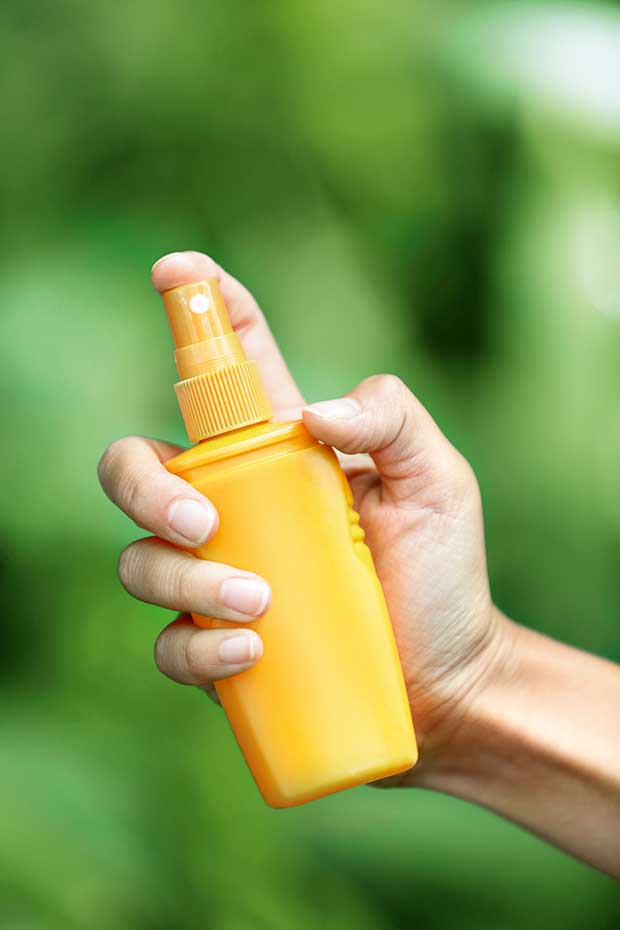
Several herbs help to repel bugs. Catnip works especially well, although scientists aren’t yet sure why.
Mosquitoes are attracted to the carbon dioxide we exhale, and to the chemical compounds created when our skin bacteria breaks down sweat. It may be that the natural chemicals in herbs mask those smells, or it may act as an irritant to mosquitoes.
- Rosemary.
- Witch hazel.
- Catnip.
- Lemongrass.
INGREDIENTS
1 tbsp catnip leaves
1 tbsp rosemary leaves
1 tbsp lemongrass or lemon balm
1 cup witch hazel (available in pharmacies and health stores)
METHOD
Step 1: Chop the herbs. Tip into a glass jar, then pour in the witch hazel. Mix well.
Step 2: Screw on the lid and store out of direct sunlight for two weeks.
Step 3: Strain into a clean bowl through a fine muslin cloth, squeezing out as much liquid as possible. Discard the herbs.
Step 4: Transfer to a spray bottle. Reapply every 2-3 hours.
7. Calming catnip tea
Catnip (Nepeta cataria) gets cats very excited, but it has a calming effect on humans. It’s used to treat tension, anxiety, and sleeping problems if a busy mind is keeping you awake. Catnip is also great for digestive problems and cramping.
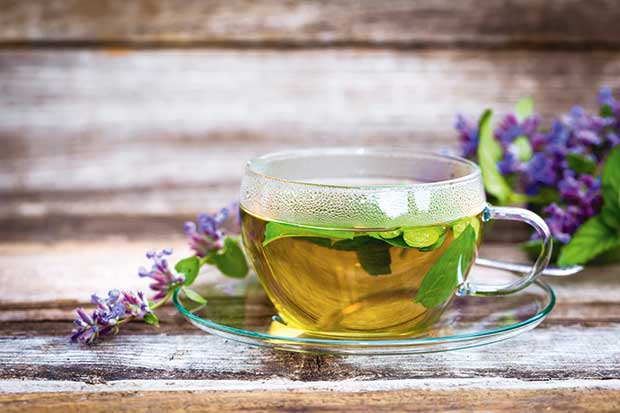
Catnip is easy to grow and dry. Hang stems in small bunches (too many in one bunch can cause mould to grow in the centre) in a warm (not hot), airy room out of direct sunlight.
Note: Avoid catnip when pregnant.
INGREDIENTS
2 tsp dried catnip
250ml water
lemon juice
METHOD
Step 1: Steep catnip in 250ml of freshly boiled water for 8-10 minutes.
Step 2: Add lemon juice if you’d like a citrus flavour.
8. Antioxidant herb sprinkle
Use this antioxidant-rich herbal seasoning sprinkled over food in place of plain salt.
INGREDIENTS
dried seaweed flakes
dried rosemary leaves
dried parsley leaves
dried thyme leaves
toasted sesame seeds
METHOD
Combine equal proportions of each herb. Pour into a salt grinder and use as required.
9. Make fancy cubes
Impress your dinner guests with decorative ice cubes using flowers and herbs. The best flowers to add to your ice cube trays are borage, hyssop, rose, viola, dianthus, and sweet violets. For extra flavour add chopped mint, peppermint, or lemon balm leaves.
10. New flavour
Plant a new herb each month to provide new and interesting flavours. May is a good time to plant lovage (Levisticum officinale). The leaves, seeds, and roots can all be used in cooking for a celery-like flavour.
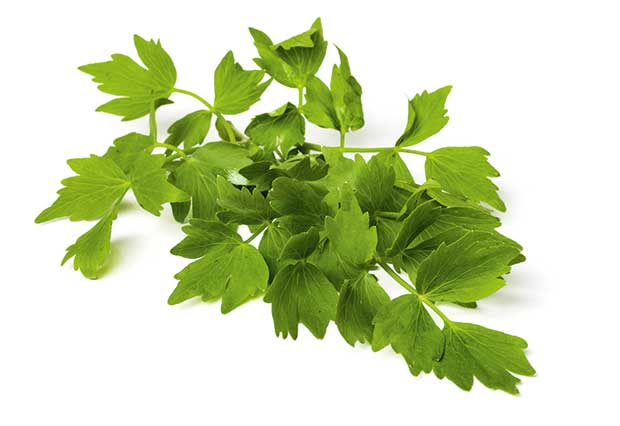
Lovage.
The leaves can be added to soups, stews, and salads. The seeds are good to use in breads, crackers, and pickles. You can also grind the seeds with salt and use as a seasoning. The grated fresh root can be cooked or used raw in salads.
Love this story? Subscribe now!
 This article first appeared in NZ Lifestyle Block Magazine.
This article first appeared in NZ Lifestyle Block Magazine.
